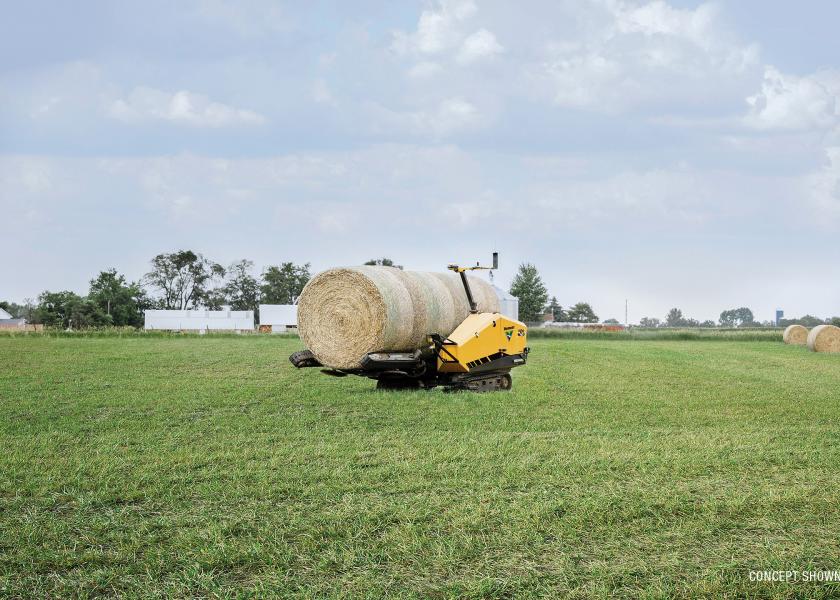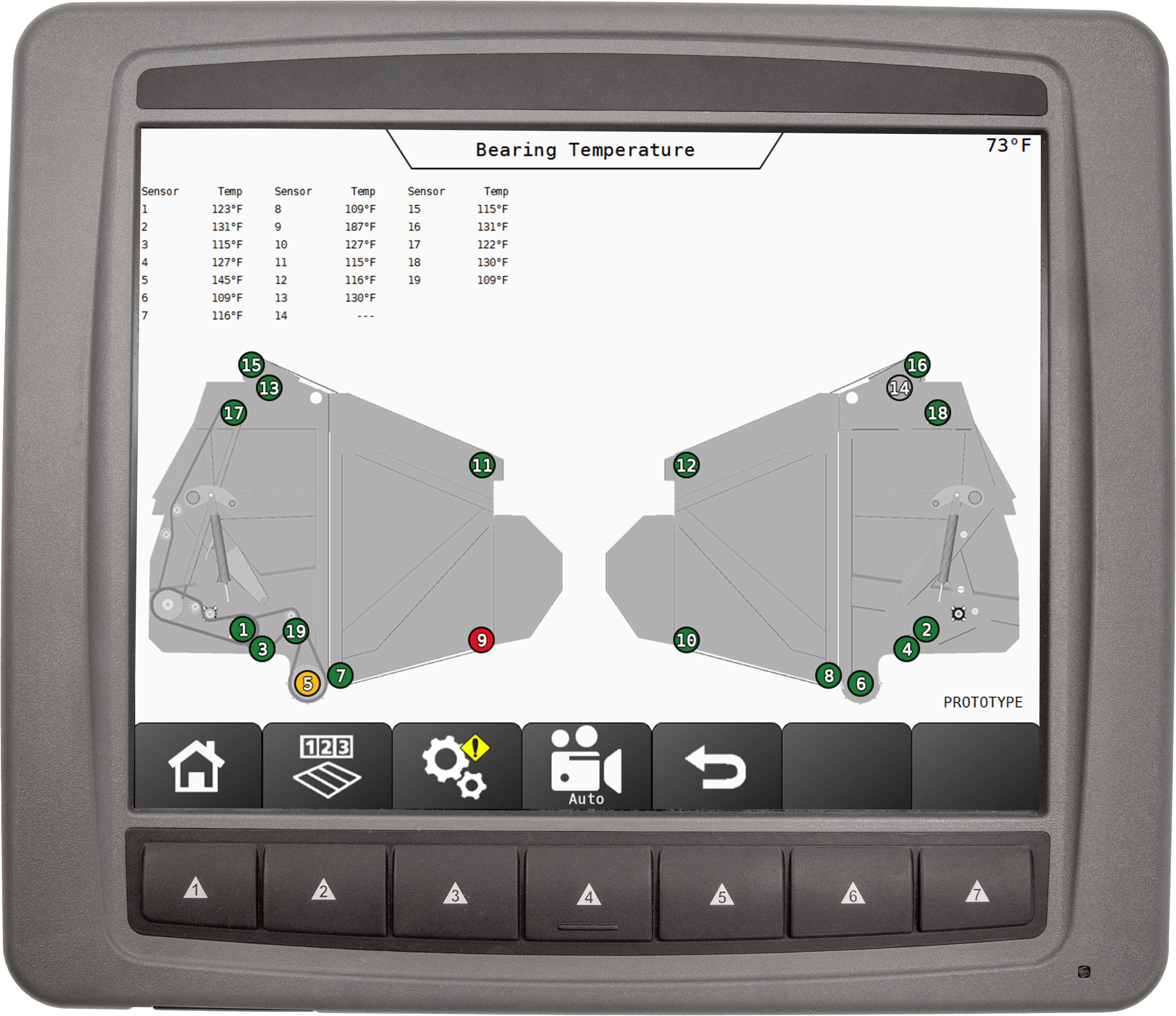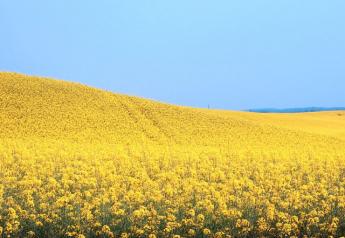Vermeer Innovations Continue 50 Years After Revolutionary Baler

Fifty years ago Gary Vermeer introduced the world’s first large round baler, an innovation that would revolutionize the way forages are harvested and stored. Today, the company that bears his name continues to operate with the same philosophy that made it successful a half century ago.
“Find a need, fill that need with a product built to last, and simply build the best,” Vermeer said.
In 2017 Vermeer introduced the first self-propelled baler, the ZR5-1200, a fast, efficient machine that makes the first 605W round baler seem like a Model-T in comparison. But watching the versatile ZR5-1200 gobble windrows of hay at speeds up to 15 mph only provides a glimpse of the technology hidden behind the shiny yellow paint that is standard on Vermeer products.
Inside the cab an operator has access to monitors that can signal brewing trouble. For instance, the ZR5-1200 is equipped with patent-pending onboard bearing temperature sensors, automated baling assistance technology and Forage Commander – a field data management app. Vermeer says these innovations are designed to help farmers and ranchers overcome the growing agricultural labor challenges.

“Our team is dedicated to developing practical ways to help forage producers make the most of their available labor and get the most out of their time in the field,” said Vermeer Research and Development Manager Kent Thompson. “We work to identify solutions that producers don’t even realize are possible, all focused around their hay operation.”
Autonomous bale mover
As part of Vermeer’s celebration of the 50th anniversary of that first large round baler, a field demonstration was held at its Pella, Iowa, headquarters to unveil another industry-first innovation – the autonomous bale mover. Vermeer’s “BaleHawk” navigates through a field autonomously via onboard sensors to locate bales, pick them up and move them to a predetermined location.
“This machine helps save labor time and associated costs, by eliminating the manual step of moving bales," said Thompson. "The autonomous bale mover senses where it is relative to a bale, allowing it to plan a route to pick up that bale. Today, it can pick up three bales at a time before delivering and unloading them to a predetermined location.
Onboard bearing temp sensors
These wireless, battery-powered temperature sensors will help operators monitor baler bearing temperatures from the cab, helping to provide predictive maintenance notices to operators before the bearing reaches its end-of-life.

"When given this information ahead of time, operators can order new bearings and replace them before they reach the end-of-life or fail due to contamination, which helps keep balers in the field when it matters most,” said Vermeer Forage Innovations Engineer Nathan Dockter.
Automated baling assistance technology
This windrow guidance system for the Vermeer ZR5-1200 self-propelled baler will use light detection and ranging (LiDAR) sensors to track the windrow and automatically steer the machine.

“The automation can allow the operator to focus on other aspects of the baling process — it is a step towards us taking the guesswork out of creating a consistent, good-looking bale,” said Vermeer Forage Innovations Senior Systems Engineer Gary Burns.
Field data management app
The Forage Commander app will connect the user's smart device via Bluetooth to the data gateway unit located on the baler to provide the latest field stats for each customer, including bale weight, bale moisture, bales per hour and more. From this data and customer information, the Forage Commander can generate an invoice to email directly to the operator’s customer.

“This app is really designed for an operator who wants to better understand their productivity in the field or is looking for a more convenient tool to help manage their custom hay operation,” said Vermeer Product Manager Shawn Wang.
For more on the BaleHawk, check out this video.







